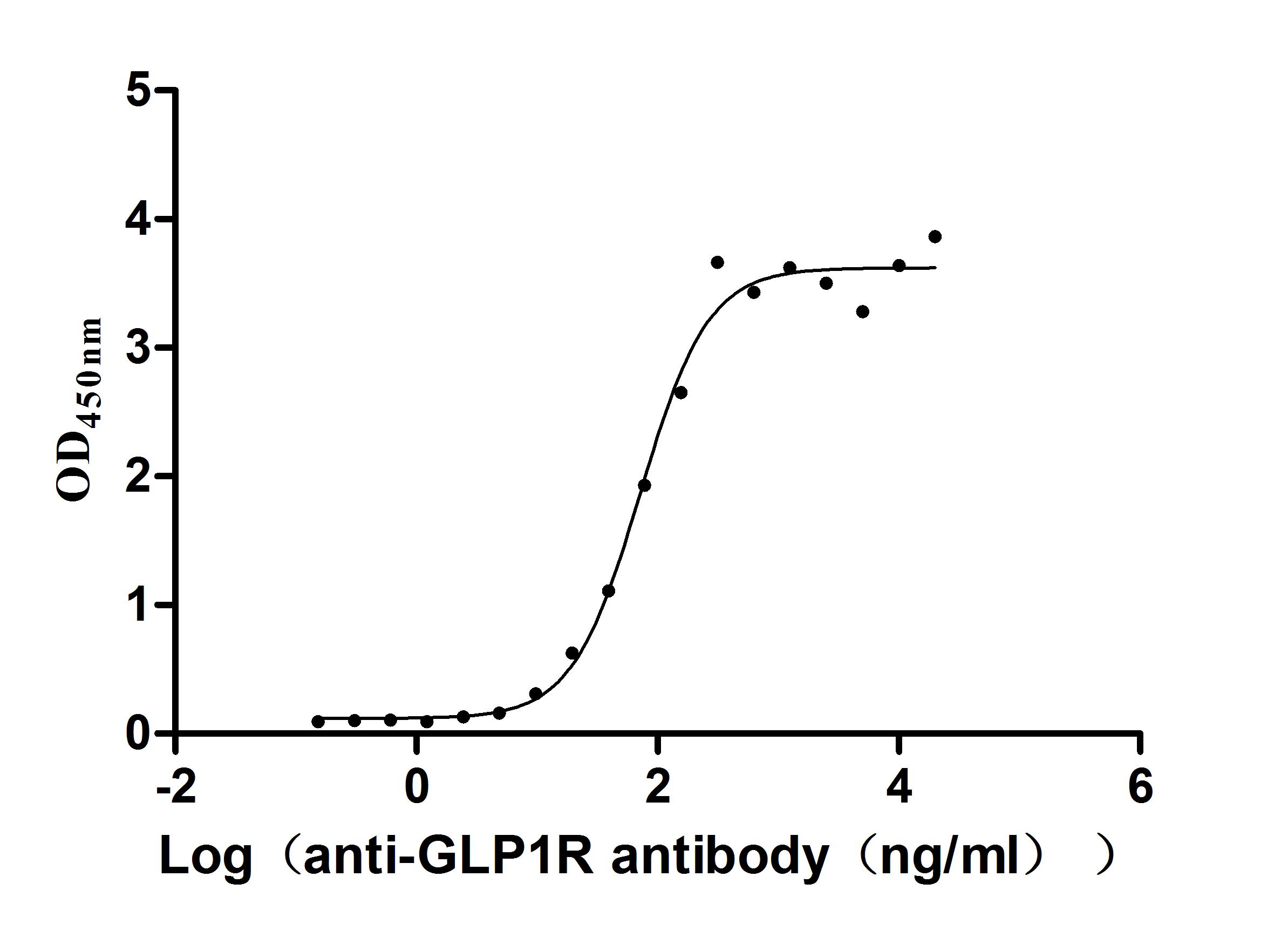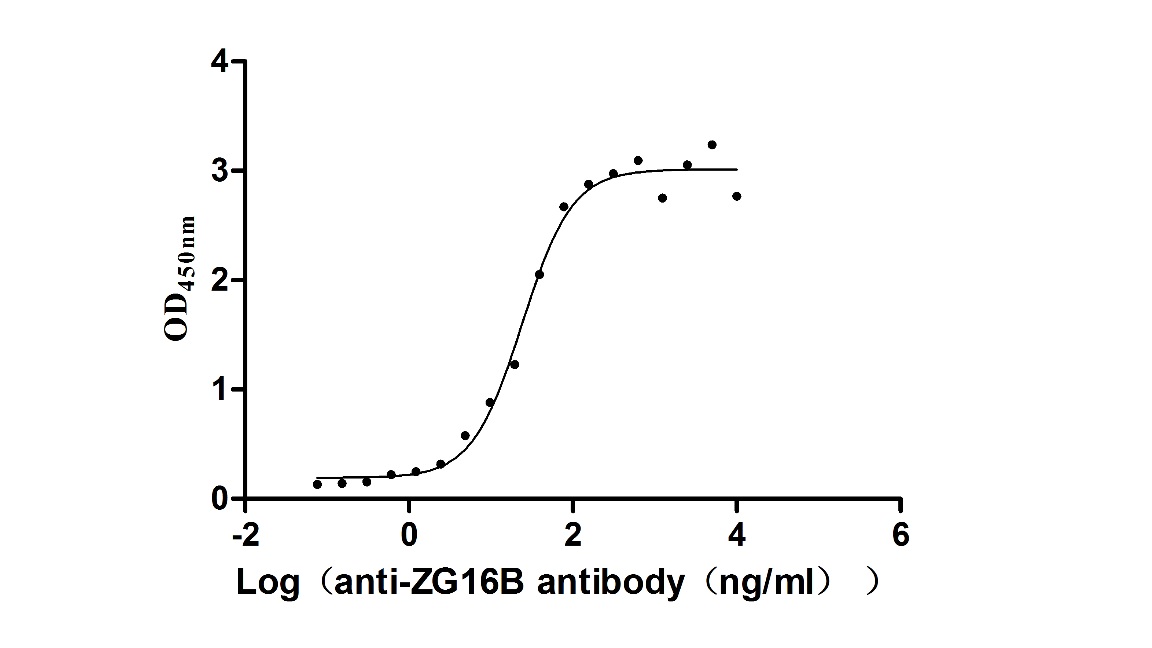Recombinant Rat Hepatitis A virus cellular receptor 1 homolog (Havcr1), partial
-
中文名稱:大鼠Havcr1重組蛋白
-
貨號:CSB-YP010144RA1
-
規格:
-
來源:Yeast
-
其他:
-
中文名稱:大鼠Havcr1重組蛋白
-
貨號:CSB-EP010144RA1
-
規格:
-
來源:E.coli
-
其他:
-
中文名稱:大鼠Havcr1重組蛋白
-
貨號:CSB-EP010144RA1-B
-
規格:
-
來源:E.coli
-
共軛:Avi-tag Biotinylated
E. coli biotin ligase (BirA) is highly specific in covalently attaching biotin to the 15 amino acid AviTag peptide. This recombinant protein was biotinylated in vivo by AviTag-BirA technology, which method is BriA catalyzes amide linkage between the biotin and the specific lysine of the AviTag.
-
其他:
-
中文名稱:大鼠Havcr1重組蛋白
-
貨號:CSB-BP010144RA1
-
規格:
-
來源:Baculovirus
-
其他:
-
中文名稱:大鼠Havcr1重組蛋白
-
貨號:CSB-MP010144RA1
-
規格:
-
來源:Mammalian cell
-
其他:
產品詳情
-
純度:>85% (SDS-PAGE)
-
基因名:
-
Uniprot No.:
-
別名:Havcr1; Kim1; Hepatitis A virus cellular receptor 1 homolog; HAVcr-1; Kidney injury molecule 1; KIM-1; T cell immunoglobulin and mucin domain-containing protein 1; TIMD-1; CD antigen CD365
-
種屬:Rattus norvegicus (Rat)
-
蛋白長度:Partial
-
蛋白標簽:Tag?type?will?be?determined?during?the?manufacturing?process.
The tag type will be determined during production process. If you have specified tag type, please tell us and we will develop the specified tag preferentially. -
產品提供形式:Lyophilized powder
Note: We will preferentially ship the format that we have in stock, however, if you have any special requirement for the format, please remark your requirement when placing the order, we will prepare according to your demand. -
復溶:We recommend that this vial be briefly centrifuged prior to opening to bring the contents to the bottom. Please reconstitute protein in deionized sterile water to a concentration of 0.1-1.0 mg/mL.We recommend to add 5-50% of glycerol (final concentration) and aliquot for long-term storage at -20℃/-80℃. Our default final concentration of glycerol is 50%. Customers could use it as reference.
-
儲存條件:Store at -20°C/-80°C upon receipt, aliquoting is necessary for mutiple use. Avoid repeated freeze-thaw cycles.
-
保質期:The shelf life is related to many factors, storage state, buffer ingredients, storage temperature and the stability of the protein itself.
Generally, the shelf life of liquid form is 6 months at -20°C/-80°C. The shelf life of lyophilized form is 12 months at -20°C/-80°C. -
貨期:Delivery time may differ from different purchasing way or location, please kindly consult your local distributors for specific delivery time.Note: All of our proteins are default shipped with normal blue ice packs, if you request to ship with dry ice, please communicate with us in advance and extra fees will be charged.
-
注意事項:Repeated freezing and thawing is not recommended. Store working aliquots at 4°C for up to one week.
-
Datasheet :Please contact us to get it.
相關產品
靶點詳情
-
功能:May play a role in T-helper cell development and the regulation of asthma and allergic diseases. Receptor for TIMD4. May play a role in kidney injury and repair.
-
基因功能參考文獻:
- High KIM1 expression is associated with decreased proximal tubular epithelial cell function. PMID: 29045706
- urinary KIM1 may be a valuable biomarker for the early diagnosis of obstructive AKI, and the use of a colloidal gold immunochromatographic strip may be a promising method for the rapid detection of urinary KIM1. PMID: 28075469
- Results show that in contrast to other known molecules indicating renal injury and/or repair mechanisms, the chronic renal expression of Kim-1 is strictly confined to proximal cysts. PMID: 27231899
- blood biomarker that specifically reflects acute and chronic kidney injury PMID: 24904085
- Ischemic postconditioning can attenuate the renal ischemia reperfusion injury and downregulate the expression of Kim-1. PMID: 22898836
- These studies are the first direct demonstration of regulation of KIM-1 in response to oxalate exposure in renal epithelial cells in vitro and in vivo. PMID: 22984472
- The most sensitive, noninvasive biomarkers of HCBD-induced renal toxicity in Hanover Wistar rats were urinary alpha-GST and KIM-1. PMID: 21905055
- The Kim1 gene is regulated in an epigenetic fashion under conditions of nephrotoxicity. PMID: 20660082
- Results show Kim-1 outperforms SCr, BUN and urinary NAG in multiple rat models of kidney injury. PMID: 20458318
- KIM-1 as a sensitive molecular marker of different levels of tubular injury PMID: 20305092
- Urinary Kim-1 serve as a noninvasive, rapid, sensitive, reproducible method to detect early kidney injury in pathophysiological studies and in preclinical drug development studies for risk-benefit profiling of pharmaceutical agents. PMID: 16174863
- These results implicate involvement of kidney injury molecule 1 (Kim-1) in the pathogenesis of proteinuria-induced renal damage/repair. Urinary Kim-1 levels may serve as a marker of proteinuria-induced renal damage. PMID: 16467126
- Kim-1 is associated with development of renin-angiotensin system-mediated renal damage PMID: 16896183
- Urinary Kim-1 and kidney Kim-1/Havcr1 expression appear to be sensitive and tissue-specific biomarkers that will improve detection of early acute kidney injury PMID: 17934191
- Data demonstrate that injured kidney epithelial cells assumed attributes of endogenous phagocytes, and that KIM-1 was directly responsible for phagocytosis in cultured primary rat tubule epithelial cells and also porcine and canine epithelial cell lines. PMID: 18414680
- on longitudinal follow-up during antiproteinuric treatment increased renal Kim-1 expression is reversible in proportion to proteinuria reduction, likely reflecting reversibility of early tubular injury PMID: 19225054
- Cadmium-induced increase in Kim-1 expression occurs before the onset of necrosis and at a point where there is only a modest level of apoptosis in the proximal tubule. PMID: 19371613
- Kim-1 is a sensitive biomarker of the early stages of Cadmium-induced proximal tubule injury. PMID: 19371616
- Dipsticks can provide a sensitive and accurate detection of Havcr1. PMID: 19387469
- Kim-1 is a promising novel marker for the early, organ specific and noninvasive detection of brain death-induced donor kidney damage. PMID: 19522876
顯示更多
收起更多
-
亞細胞定位:Membrane; Single-pass type I membrane protein.
-
蛋白家族:Immunoglobulin superfamily, TIM family
-
組織特異性:Expressed at a low level in normal kidney but are increased dramatically in postischemic kidney. Expressed in proliferating bromodeoxyuridine-positive and dedifferentiated vimentin-positive epithelial cells in regenerating proximal tubules.
-
數據庫鏈接:
Most popular with customers
-
Recombinant Rat Microtubule-associated protein tau (Mapt) (Active)
Express system: Mammalian cell
Species: Rattus norvegicus (Rat)
-
Recombinant Human Microtubule-associated protein tau (MAPT) (Active)
Express system: Mammalian cell
Species: Homo sapiens (Human)
-
Recombinant Macaca fascicularis Trophoblast glycoprotein (TPBG), partial (Active)
Express system: Mammalian cell
Species: Macaca fascicularis (Crab-eating macaque) (Cynomolgus monkey)
-
Recombinant Human Trophoblast glycoprotein (TPBG), partial (Active)
Express system: Mammalian cell
Species: Homo sapiens (Human)
-
Recombinant Human Claudin-6 (CLDN6)-VLPs, Fluorescent (Active)
Express system: Mammalian cell
Species: Homo sapiens (Human)
-
Recombinant Human Glucagon-like peptide 1 receptor (GLP1R), partial (Active)
Express system: Mammalian cell
Species: Homo sapiens (Human)
-
Recombinant Macaca fascicularis zymogen granule protein 16 homolog B (ZG16B) (Active)
Express system: Mammalian cell
Species: Macaca fascicularis (Crab-eating macaque) (Cynomolgus monkey)


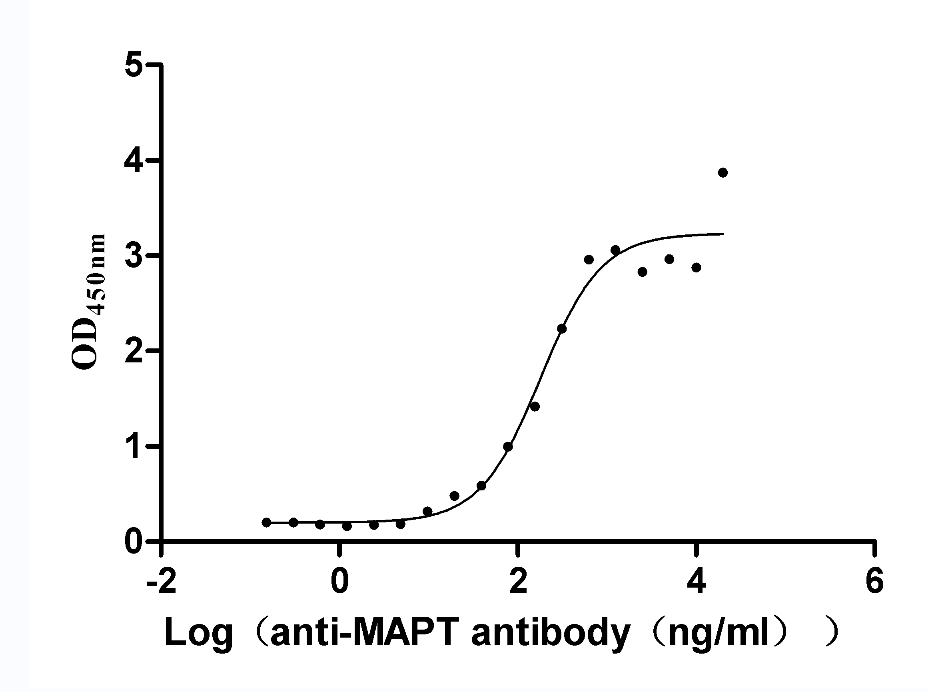
-AC1.jpg)
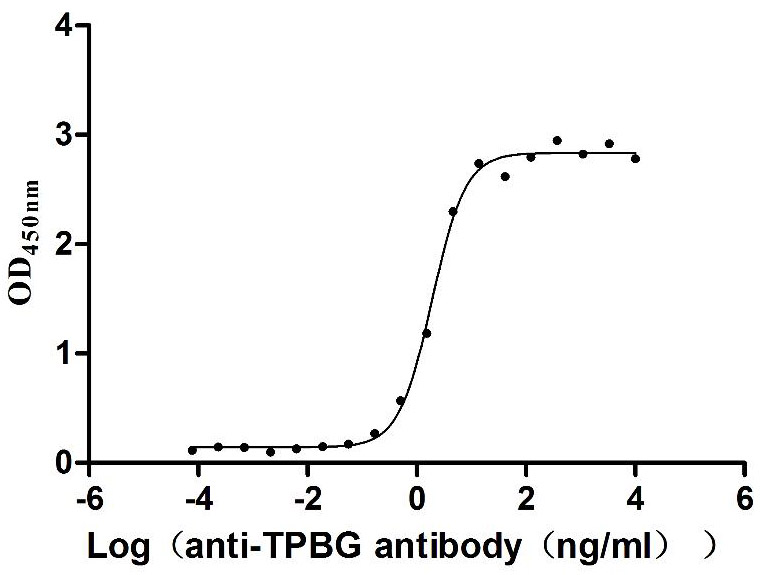
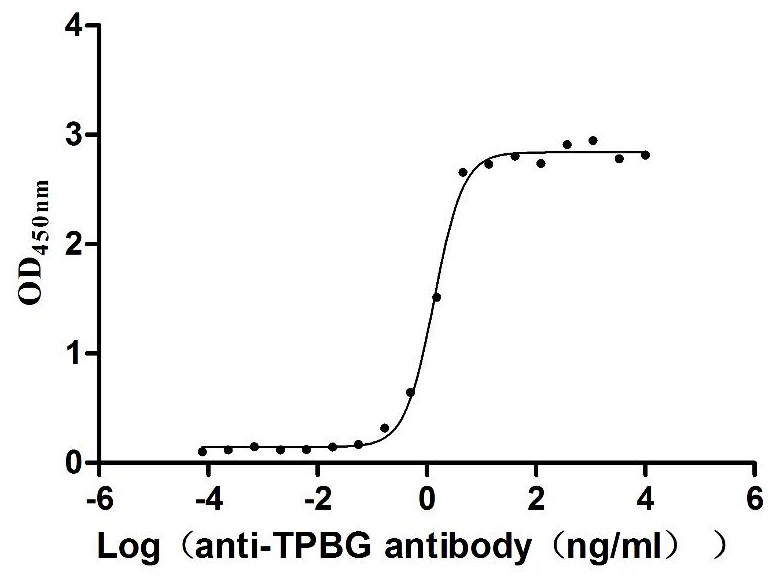
f4-AC1.jpg)
